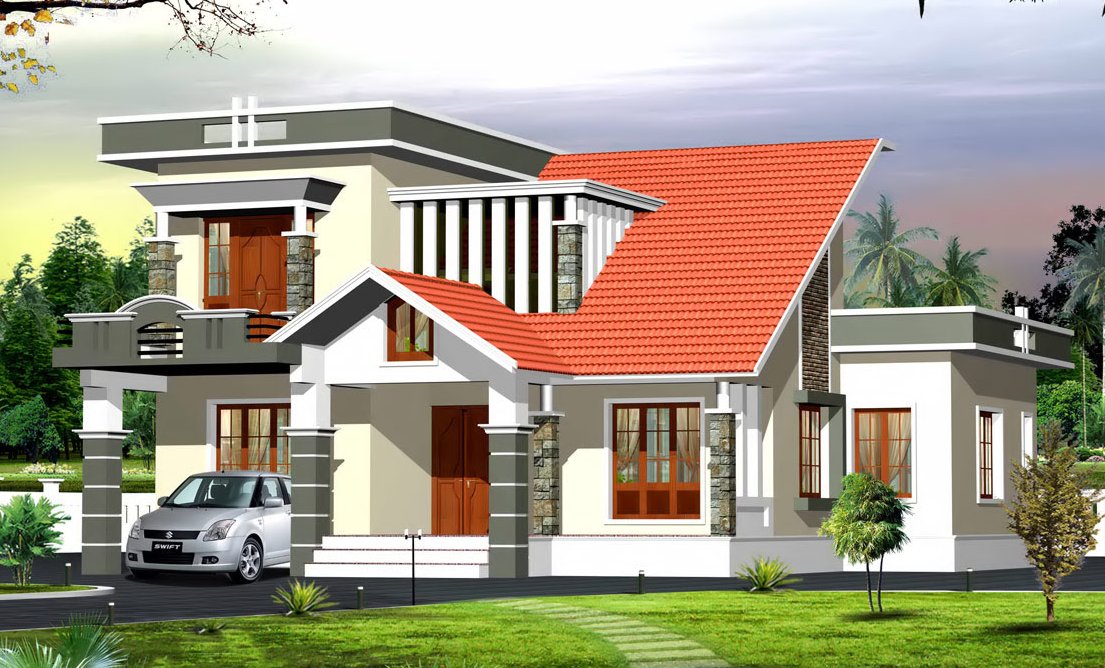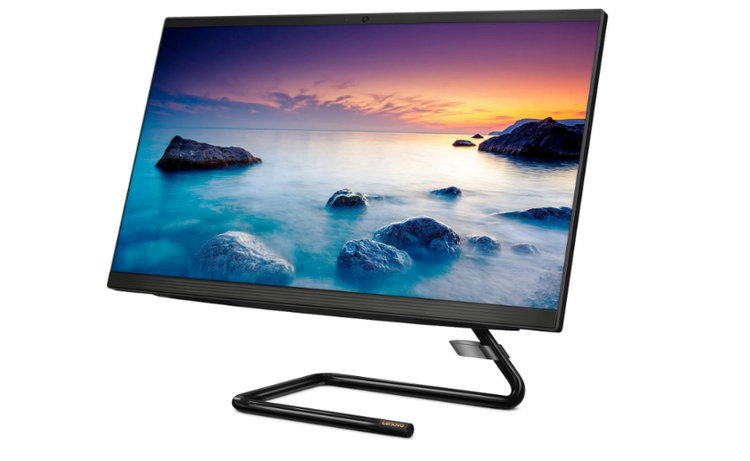3D design software packages are being used in a whole range of different and exciting applications. Of course, which software is used depends upon the desired outcome, with each package having its strengths and weaknesses, and unique industry dependent features.
In this article, we’ll be taking a closer look at some of the more versatile software packages three of the main industries are using.
Best Versatile 3D Design Software
1. Engineering / 3D Printing
There is seemingly an unending list of 3D modelling options which are specifically designed for engineering and 3D printing. And of course, what package you select depends on the specific application.
However, a recent addition to the 3D printing software market seems to be a winner when it comes to overall versatility and ease-of-use— SelfCAD. In addition to being incredibly powerful, easily pulling its weight in many different industrial applications, programs simplicity and intuitiveness has seen a growing number of schools to power their 3D printing programs and activities.
3D Natives, in their article Top 10 Best 3D Software for Beginners placed SelfCAD in third place on their list. What was notable, however, was the way they described SelfCAD.“This software offers an easy to use platform that allows you to sculpt, model and slice, making it perfect for inexperienced users, yet powerful enough for professional designers to design complex models.”
TinkerCAD, which appeared number one on that same list of top 3D software for beginners, has been described by many as a little too simplistic. So, if you’re looking for something easy-to-use, yet versatile and effective in a range of higher level engineering and 3D printing applications, SelfCAD is probably the way to go.
Read also: 10+ Best Free 3D Modeling Software
2. Animation
As is the case with the engineering / 3D printing category, there are many options available that are designed for use in the animation industry. Staying in the theme of versatility, it seems that Blender is one of the most popular and highly rated software packages for animation based 3D design projects.
According to an article by Windows report, Blender “supports the entirety of the 3D pipeline including rigging, modelling, simulation, animation, composition and motion tracking, video editing and game creation.” The best part is, Blender is a free, open source software package.
An article by MatterHackers, states that Blender is “typically used for creating animated films, visual effects, art, 3D printed models, interactive 3D applications and video games.” While it can take a little time to master, it is still used by several professional studios in the production of short films, advertisements, feature movies and TV series.
You probably wouldn’t describe Blender as a software package for beginners, nor has it toppled the likes of Autodesk and Houdini as far as the production of “Hollywood” type projects, but if you’re looking for the “the jack of all trades” in the 3D animation world, then Blender is the software package for you.
3. Digital Art and Sculpture
This category somewhat overlaps with category number one in the sense that many of an artist’s creations are 3D printed. However, we are more talking about 3D printing for creative and artistic purposes, not so much to solve challenges in the engineering or manufacturing industries. This slight shift in focus changes the list of desired features for the 3D design software you use. That being said, SelfCAD, with its various sculpting tools, seems to be well up to scratch for more artistic applications. In many cases, Blender will also get the job done too.
There are, however, 3D design software packages designed specifically for artistic purposes, if you are searching for something that is more specialist. ZBrush (by Pixologic) appears to be the most powerful and the most popular choice. It is well endowed with features to assist users in crafting and sculpting their creations. According to the article by MatterHackers, cited earlier, “ZBrush is most known for being able to sculpt medium to high-frequency details that were traditionally painted in bump maps.”
A simpler option, also made by Pixologic, is called Sculptris. This is well worth a look if ZBrush is out of your league. Having said that, according to Sculpteo, ZBrush is still one of the more user-friendly software packages for more artistic modelling, sculpting and texturing.


